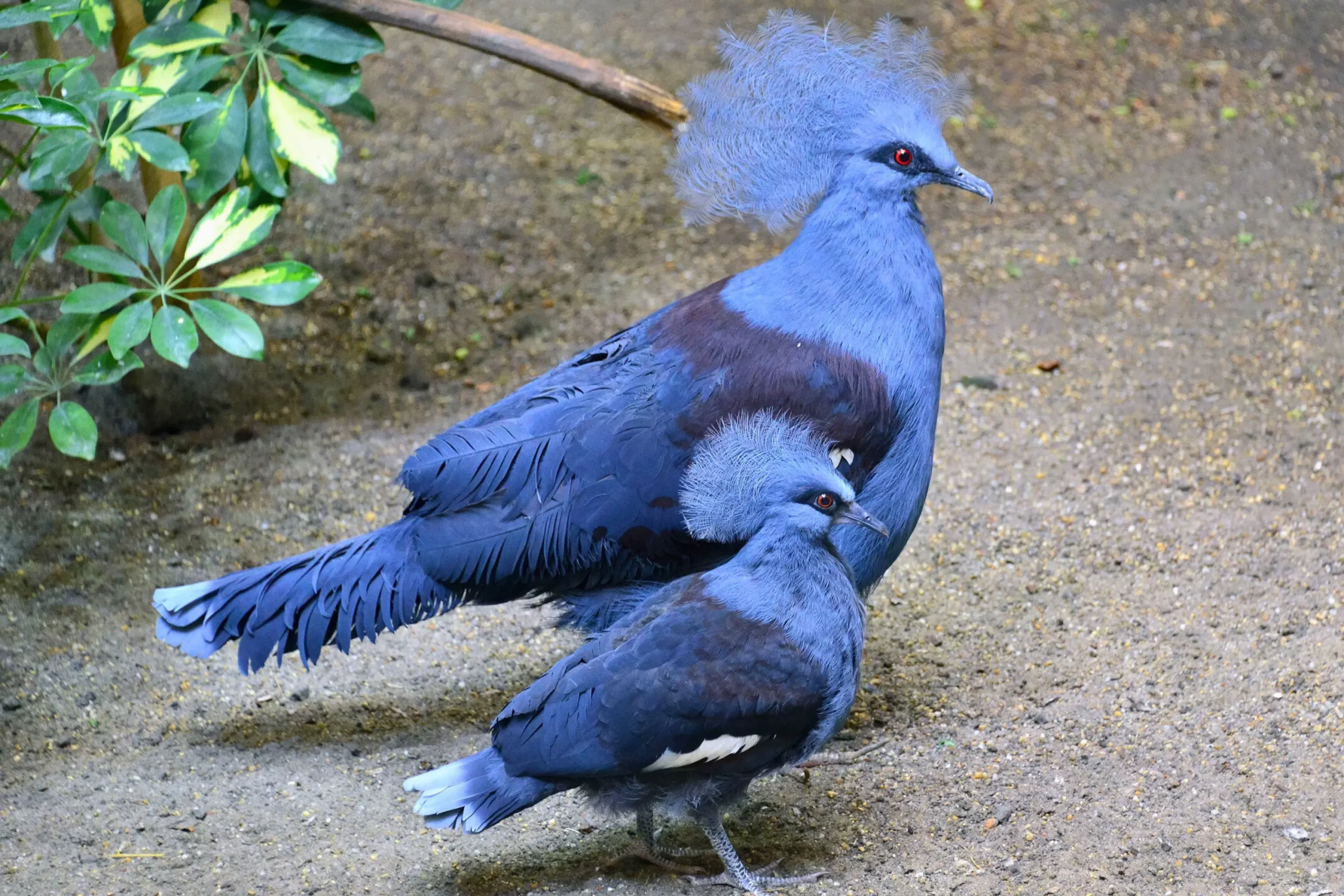Today is the International Day for Biological Diversity, which is particularly important to us because we actively contribute to the preservation of biodiversity. We participate in numerous breeding programs for endangered species and carry out extensive wildlife rescue work.

The International Day for Biological Diversity is celebrated worldwide on May 22. This date was chosen because the Convention on Biological Diversity was adopted on 22 May 1992, during the Rio Earth Summit. Since 2000, the United Nations General Assembly has designated this day as a global observance.
Zoos play an important role in the conservation of biological diversity. The first international collaboration involving zoos to save an endangered species dates back to 1923, when efforts began to save the European bison. The Budapest Zoo participated in that effort. Since the 1960s, conservation and the preservation of endangered species have become one of the primary goals of zoos, alongside entertainment providing nature-based recreation, education, and research.
In 1993, the global zoo community developed the World Zoo Conservation Strategy, which has since been followed by several strategic documents. The most recent, titled Committing to Conservation: The World Zoo and Aquarium Conservation Strategy, was published in 2015 in ten languages, including Hungarian.
It’s not just zoos, but other organizations involved in global conservation efforts that recognize the role of zoos in protecting biodiversity. For example, the International Union for Conservation of Nature (IUCN) and its Species Survival Commission (SSC) issued a statement last October highlighting the conservation significance of zoos, aquariums, and botanical gardens.
The Budapest Zoo and Botanical Garden, as a recognized member of the international zoo community and an active participant in major international professional organizations like the World Association of Zoos and Aquariums (WAZA) and the European Association of Zoos and Aquaria (EAZA), is deeply committed to conservation efforts for preserving biodiversity.
Showcasing Diversity
At our Zoo, the public can see 6,158 individuals representing 642 animal species, along with 94 breeding colonies. This represents an exceptionally diverse zoological collection by international standards, and within Hungary, Budapest Zoo displays the largest number of animal species. In addition to mammals, birds, and reptiles, we also showcase amphibians, various fishes, and invertebrates—animal groups that are often only minimally represented or completely absent in many other zoos.
Our goal at Budapest Zoo is to use this diverse collection to present as broad a cross-section of the living world’s diversity as possible, thus illustrating biodiversity as one of the key characteristics of life on Earth. Moreover, this ambition is not new; it dates back to the early 20th century, to our former director Adolf Lendl’s visionary exhibition and collection management concept, which was far ahead of its time. Lendl aimed to showcase the diversity of life at the Zoo long before the terms biological diversity or biodiversity were in use.
The focus on diversity extends beyond animals to plants as well. Thus, our institution rightfully carries the title of Zoo and Botanical Garden, as it is not merely a landscaped park but an arboretum and botanical garden of collection value, where the number of plant species and varieties exceeds even that of the animals.
In addition to showcasing diversity, in recent years, special attention has been paid to showcasing and educating the public about marine life. Budapest Zoo has joined the United Nations Decade of Ocean Science for Sustainable Development (2021–2030), which places significant emphasis on education about the oceans, seas, and marine biodiversity.
Breeding Programs and Field Conservation
One of the main areas of conservation work in zoos is the breeding of declining species, coordinated through international breeding programs. Budapest Zoo participates in numerous such programs, not only for well-known species like gorillas, Asian elephants, giraffes, and red pandas but also for less familiar yet equally endangered animals, such as Asian wild dogs, giant otters, Mhorr gazelles, and northern bald ibises.
In addition to successfully breeding these species in decline, our Zoo staff are involved in the international coordination of species-saving programs. From Budapest, we manage the breeding programs for the Victoria crowned pigeon, the eastern grey kangaroo (also known as the great grey kangaroo), and the mandrill, an Old-World monkey species. We also maintain the European studbook for the king bird-of-paradise. Our experts contribute significantly to advisory bodies within the European Association of Zoos and Aquaria (EAZA) focused on specific animal groups, including zoo veterinary care, elephant management, and gorilla husbandry. Last week, for example, the EAZA’s small mammal working group held a meeting in Budapest.
Budapest Zoo is involved not only in the ex situ (zoo-based) conservation of endangered species but also in situ (field-based) programs to protect critically endangered species such as the Hungarian meadow viper (formerly known as the steppe viper), the jumping mouse, and the ground squirrel. In the case of the ground squirrel, conservation efforts are important not only for the squirrels themselves but also for declining birds of prey species, for which the ground squirrel is a vital prey species.
Rescuing Native Wildlife
At the Budapest Zoo and Botanical Garden, we are also dedicated to rescuing wildlife. We provide a second chance to native Hungarian species that are protected or strictly protected and in need of human assistance. The animals we rescue include songbirds that have fallen from their nests, injured storks and owls, poisoned eagles, orphaned squirrels, bats disturbed during hibernation, and many others. In 2023, a total of 1,368 individual animals from 130 species were brought to the Zoo’s wildlife rescue centre. Among these were strictly protected species such as the saker falcon, white-tailed eagle, and eastern imperial eagle.
Injured animals are treated, weakened ones are rehabilitated, and orphans are raised. After successful rehabilitation, the animals are returned to their natural habitats in cooperation with local conservation experts.